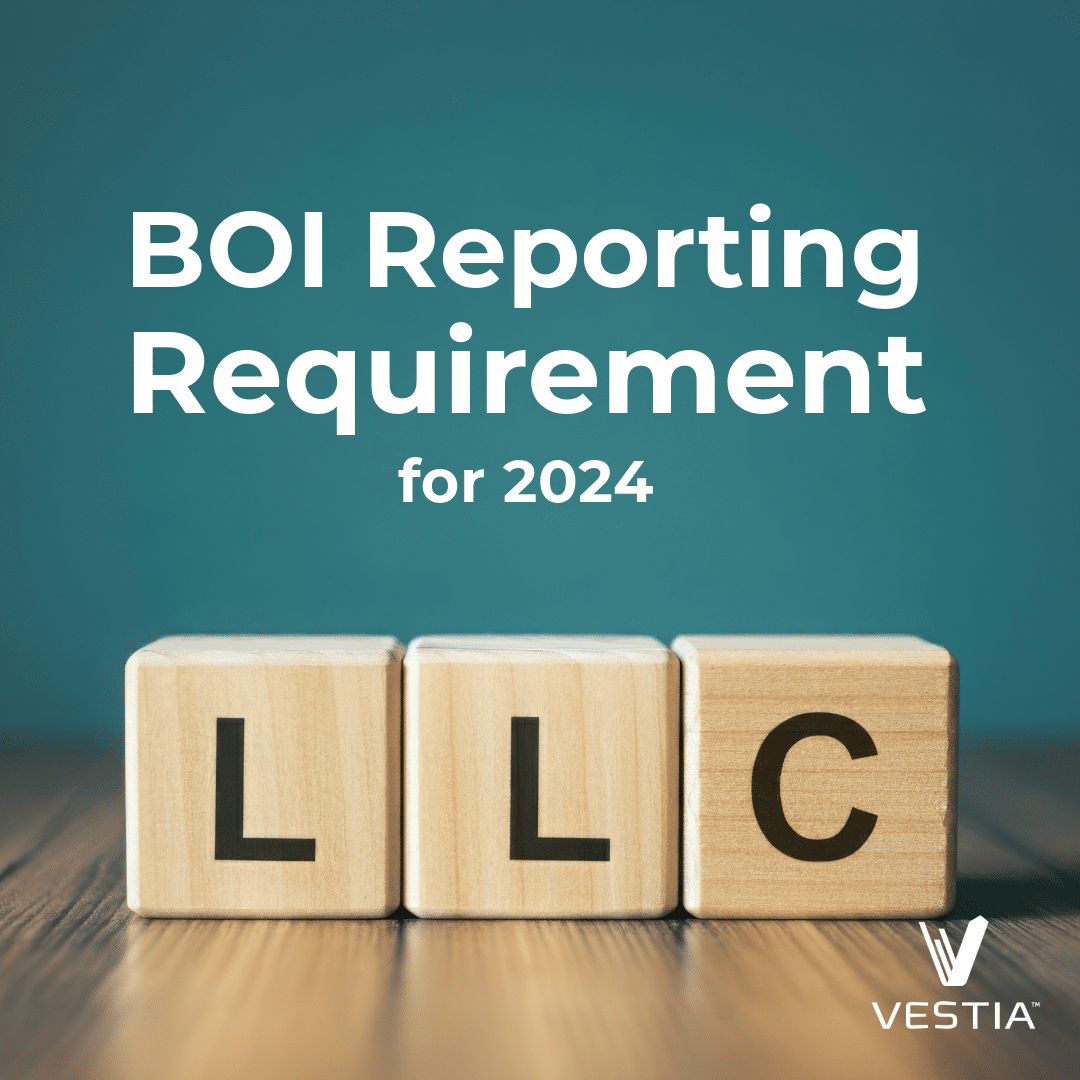If you had the opportunity to share in your company’s success directly, would you do it? Employee Stock Options (ESOs) aren’t available to all doctors, so you may not know how to utilize them when they arise.
We’ve compiled a complete guide of everything doctors need to know about ESOs, and how Team Vestia can work them into your customized financial plan.
Employee Stock Options 101
Employee Stock Options (ESOs) are a unique type of equity compensation. These are granted to employees by the company as an alternative to directly granting stock shares. Instead, they allow the employee to buy the company’s stock at a specified price for a certain period.
Why would a company do this for their employees? If the stock rises above the employee’s initial price, they can sell their shares or continue to hold them over time. Ultimately, like the goal with any other stock purchase, it can provide an additional source of financial compensation.
Two Types of ESOs
There are two main ESOs: Incentive and Non-qualified. Incentive options (ISOs) are typically only offered to certain employees and top-level executives. Non-qualified stock options (NSOs) are granted to all employees at all levels of the organization.
Why would an employer give ISOs to their employees? Typically it’s to encourage employees to stay long-term and contribute to the organization’s growth.
ESOs For Doctors
Not all doctors will see ESOs as part of their compensation package. But it’s still important to plan for the possibility.
Doctors, specifically, need an advisor who can help them find the balance of how to integrate ESOs into their financial planning so you’re not counting on them, but you also aren’t ignoring them.
How ISOs Are Taxed
In the eyes of the Internal Revenue Service (IRS), ISOs are the favored of the two options mainly because they require the employee to hold the stock for extended periods.
Typically, ISO shares must be held for more than one year from the exercise date and two years after the stock was granted. These requirements must be met for any profits from their sale to qualify as capital gains rather than ordinary income.
Capital gains are taxed at a much lower rate than ordinary income tax. Comparing the two, you pay less tax even at the highest capital gains tax rate (20%). That’s because, depending on your tax bracket, you could pay up to 37% tax on ordinary income.

Image sourced from – Capital Gains Tax Rates For 2022 And 2023 – Forbes Advisor
How NSOs Are Taxed
If you have NSOs, you are taxed twice on your earnings. First you have ordinary income tax when you exercise the options (paying the difference between what you paid for the stock and what the fair values of the shares were when you exercised them). Then, you’ll face capital gains tax if you sell the shares for a profit, depending on when you’ve held the stock.
Note: Don’t panic! While paying taxes twice, you aren’t paying taxes on the same dollars.
What High Earners Need To Consider
If you’re a high earner, which most doctors are, there are additional things you need to be aware of.
The Alternative Minimum Tax (AMT) runs parallel to the standard tax system and limits the percentage of taxes a filer must pay regardless of how many deductions or credits they claim.
The AMT occurs when your income exceeds the annual exemption limits. In 2023, the limit is $81,300 for single filers and $126,500 for couples filing jointly.
If you exceed the limits, the AMT recalculates your income tax after adding specific items back into your adjusted gross income (AGI). This typically includes:
- Interest in private activity municipal bonds
- Small business stock exclusions
- Excess intangible drilling costs for oil and gas
Once these deductions are added back to your taxable income, the AMT exemption is subtracted, and your final taxable amount is determined.
Alternative Minimum Taxable Income – Alternative Minimum Tax Exemption =
Alternative Minimum Tax Amount to be paid by the taxpayer
In addition to the AMT, high earners must be aware of the yearly ISO exercise limit. This limit states that up to $100,000 of ISOs can be exercised annually.
Don’t Forget About Retirement!
ESOs also can have a role in retirement planning. Generally, you have 90 days from when your employment ends to exercise your vested options. But, of course, your employer’s policy might differ, so check with them just in case.
This means you’ll want to have a plan for exercising your stock options quickly without costing yourself a significant tax bill or surpassing exercise limits. A financial advisor can be a great asset when determining a timeline for exercising your options.
Stock Options For Doctors – A Vestia Case Study
Why should doctors turn to Vestia for guidance? We have real-life experience helping doctors just like you with their ESOs. Let’s take a look at a couple of our case studies.
A Surgeon with Consulting ESOs Creates a Tax-Savvy Exercise Plan
We had a client who was a surgeon that earned ESOs through advisory work with a healthcare data company. The company didn’t have funds to compensate him at his standard consulting rates, so he was offered ESOs. The surgeon thought these ESOs were promising in terms of their market applicability, so he decided to jump at the chance.
His Vestia team worked with him to design an “ask” for options regarding his ESOs.
These options stated that he would be paid nicely if the value materialized and then, as time passed if the company had done well and raised more capital.
We’re working in conjunction with his accountant and helping him create an options exercise plan that is tax savvy.
Forgotten ESOs Turned Into Profits
Vestia has also worked with a physician client who served as a consultant with a leading technology platform. She had received stock options as compensation for her consulting work and had forgotten about them over time.
Years later, the company was set to initial public offering (IPO), and she remembered that she had stock ownership.
We helped her plan to execute and exercise her options and also sell the shares that worked in tandem with her cash flow and tax considerations of her primary income in her practice.
We’re Here To Help!
ESOs are unique to employers and their employees, meaning they must be specially crafted into your financial plan. We have experience helping doctors turn ESOs into something beneficial and can help you too!
If you have questions about ESOs and need help integrating them into your financial plan, please contact a member of our team today.
Disclosures
Investment advisory services offered through Vestia Personal Wealth Advisors, Vestia Retirement Plan Consultants, and Vestia Advisors, LLC. Securities offered through Ausdal Financial Partners, Inc., 5187 Utica Ridge Rd, Davenport, IA. 52807 (563)326-2064. Member FINRA/SIPC. Vestia Personal Wealth Advisors, Vestia Retirement Plan Consultants, Vestia Advisors, LLC, and Ausdal Financial Partners, Inc. are independently owned and operated.
This material is intended for informational purposes only. It should not be construed as legal or tax advice and is not intended to replace the advice of a qualified attorney or tax advisor. This information is not an offer or a solicitation to buy or sell securities. The information contained may have been compiled from third-party sources and is believed to be reliable.



